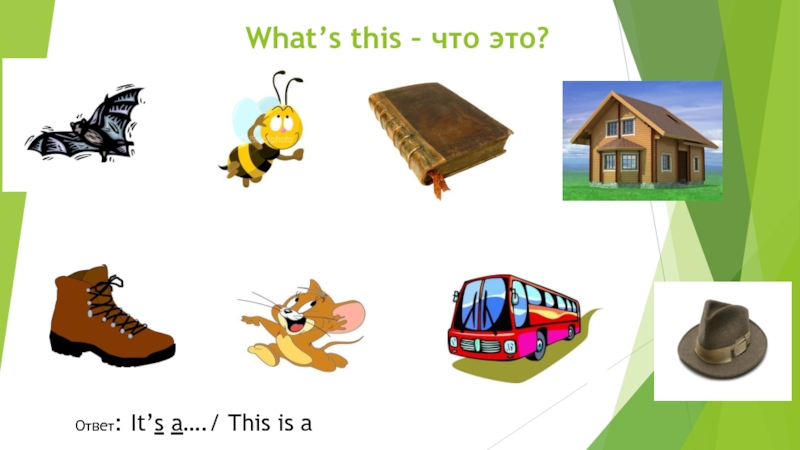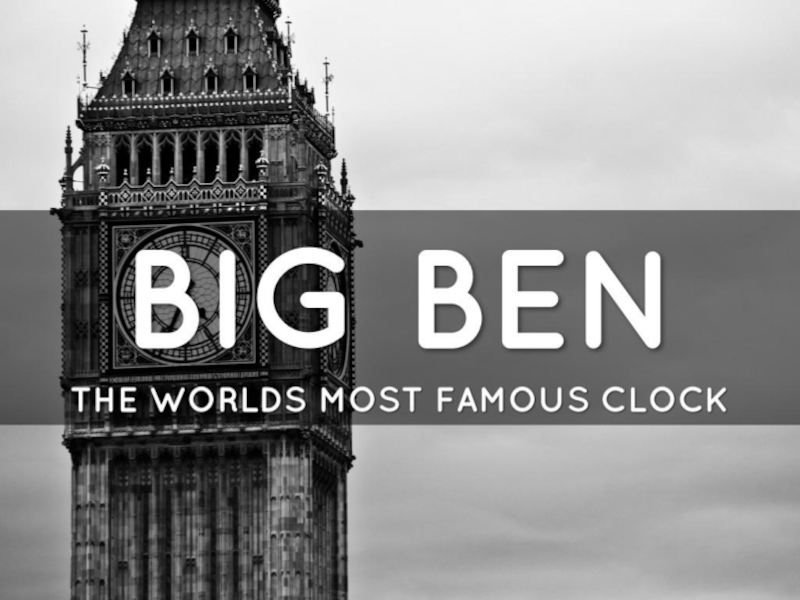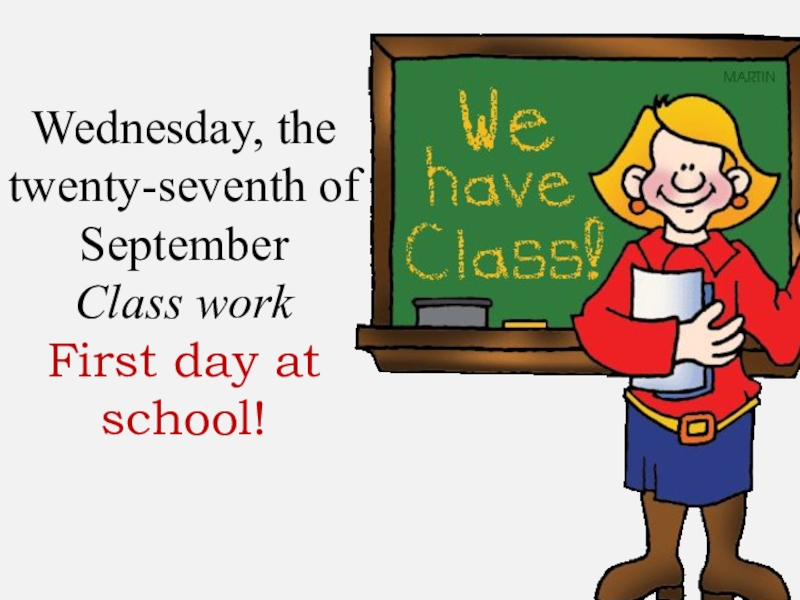- Главная
- Разное
- Образование
- Спорт
- Естествознание
- Природоведение
- Религиоведение
- Французский язык
- Черчение
- Английский язык
- Астрономия
- Алгебра
- Биология
- География
- Геометрия
- Детские презентации
- Информатика
- История
- Литература
- Математика
- Музыка
- МХК
- Немецкий язык
- ОБЖ
- Обществознание
- Окружающий мир
- Педагогика
- Русский язык
- Технология
- Физика
- Философия
- Химия
- Шаблоны, фоны, картинки для презентаций
- Экология
- Экономика
Презентация, доклад к уроку английского язык Crazy Horse Memorial
Содержание
- 1. Презентация к уроку английского язык Crazy Horse Memorial
- 2. Long ago when the European settlers hadn’t
- 3. When the Europeans came, things started to
- 4. At first the Sioux seemed to be
- 5. That left the Indians with no choice:
- 6. But the Sioux were defeated in the
- 7. So you can imagine that when white
- 8. In 1939 Sioux Chief Standing Bear decided
- 9. Sculptor Korczak Ziolkowski and Lakota Chief Henry
- 10. There was no government funding to this
- 11. The Crazy Horse Memorial mountain crew uses
- 12. How big is the mountain?When completed the
- 13. Visitors will be able to drive around
- 14. Welcome CenterDedicated in 1998, the new Welcome
- 15. Indian Museum of North America It's been
- 16. Native American Educational and Cultural Center The
- 17. Laughing Water RestaurantThe Laughing Water Restaurant is
- 18. Continuing the progress on the world’s largest
- 19. Hike up Crazy Horse carving held first
- 20. Crazy Horse Memorial is dedicated to honoring
- 21. Why was Crazy Horse chosen?Native American leaders
- 22. How can a portrait be carved of
- 23. Put the events in correct orderThe monument
- 24. Check YourselfWhite man came to South Dakota.The
- 25. The Memorial's mission is to honor the culture, tradition and living heritage of North American Indians.
- 26. When asked “Where are your lands now?"
Слайд 2Long ago when the European settlers hadn’t yet arrived, the area
Слайд 3When the Europeans came, things started to change. They killed more
Слайд 4At first the Sioux seemed to be luckier than other tribes:
Слайд 5That left the Indians with no choice: they started a war
Слайд 6But the Sioux were defeated in the war. In fact, their
Wounded Knee grave.
Mass grave for the dead Lakota after massacre of Wounded Knee.
Слайд 7So you can imagine that when white men came into the
Слайд 8In 1939 Sioux Chief Standing Bear decided to create a Native
Why doesn’t Crazy Horse Memorial take government funds?
Korczak believed that if the public accepted the goals of Crazy Horse Memorial, they would support it financially. He believed in individual initiative and private enterprise. Korczak wanted to ensure the long-range goals of the Memorial, not just the mountain carving.
Слайд 9Sculptor Korczak Ziolkowski and Lakota Chief Henry Standing Bear officially started
Слайд 10There was no government funding to this project, so the sculptor
So far only Crazy Horse’s face is ready but when the whole stature is completed, it will be much bigger than any of the Mount Rushmore faces.
Слайд 11The Crazy Horse Memorial mountain crew uses precision explosive engineering to
Слайд 12How big is the mountain?
When completed the Crazy Horse mountain carving
Слайд 13Visitors will be able to drive around the spring-fed lake to
This illustration by artist Gene Christopherson is based on the 220-page master plan for Crazy Horse. In the foreground is the visitor complex as it appears today with more than 80 rooms. The campus all started with Korczak's Army surplus tent in 1947.
Korczak's detailed, long-range plans for Crazy Horse Memorial are incorporated into this painting showing how the nonprofit humanitarian project will look in the future when its major goals are accomplished.
The 563-foot-high mountain carving-in-the-round will dominate the horizon. A poem written by Korczak will be carved on the mountain in letters three feet tall. The multi-storied, 350-foot diameter, hogan-style Indian Museum of North America will be across the reflecting pool from the mountain.
The American Indian University and Medical Training Center, with its circular dormitories, will rise on either side of the Avenue of the Chiefs. The avenue will be lined with sculptural portraits of famous Native Americans.
Слайд 14Welcome Center
Dedicated in 1998, the new Welcome Center at Crazy Horse
Слайд 15Indian Museum of North America
It's been nearly 35 years since
When Korczak accepted the invitation of some Native Americans to carve a mountain memorial to their culture, he determined that it would be a humanitarian project. He wanted Crazy Horse to be much more than "just" a colossal mountain carving.
He directed that the Memorial also would tell present and future generations the story of Native Americans by displaying outstanding examples of Indian culture and heritage – both of yesterday and today.
The museum has grown with the project. Each year, tribal members and others contribute Native American art and artifacts to enhance the collection and make it more comprehensive and representative of all North American tribes.
Слайд 16Native American Educational and Cultural Center
The Native American Educational &
Слайд 17Laughing Water Restaurant
The Laughing Water Restaurant is licensed by Crazy Horse
Слайд 18Continuing the progress on the world’s largest mountain sculpture, carving a
Providing educational and cultural programming to encourage harmony and reconciliation among all people and nations;
Acting as a repository for Native American artifacts, arts and crafts through the Indian Museum of North America and the Native American Educational & Cultural Center;
And by establishing and operating, when practical, the American Indian University and Medical Training Center.
Crazy Horse Memorial Foundation demonstrates its ongoing commitment to this promise by following these objectives:
Слайд 19Hike up Crazy Horse carving held first full weekend in June Held
Слайд 20Crazy Horse Memorial is dedicated to honoring North American Indians and
Слайд 21Why was Crazy Horse chosen?
Native American leaders chose Crazy Horse for
Слайд 22How can a portrait be carved of a person who refused
Chief Henry Standing Bear and other Native American elders who invited Korczak to carve Crazy Horse Memorial insisted that the Memorial be located in the Black Hills because they are sacred to the Lakota. They also insisted that the Memorial be named after Crazy Horse because he is a great American Indian hero.
Korczak did not intend to depict what Crazy Horse actually looked like. He always answered such questions this way: "Crazy Horse is being carved not so much as a lineal likeness but more as a memorial to the spirit of Crazy Horse - to his people." – Korczak.
Слайд 23Put the events in correct order
The monument to the presidents was
White man came to South Dakota.
Korczak Ziolkowski started working on the monument to Crazy Horse.
The Sioux were defeated at the battle of Wounded Knee.
The Sioux enjoyed a peaceful, wandering way of life in the South Dakota territory.
On the top of the mountain there will be a huge figure of a Native American rider on a white horse.
The Native American tribes were moved to reservations.
The Europeans killed more buffalo than the Sioux had ever done.
Gold was found in the black hills.
Crazy Horse was a Sioux chief who led his tribe in the war.
Слайд 24Check Yourself
White man came to South Dakota.
The Native American tribes were
The Europeans killed more buffalo than the Sioux had ever done.
The Sioux enjoyed a peaceful, wandering way of life in the South Dakota territory.
Gold was found in the black hills.
Crazy Horse was a Sioux chief who led his tribe in the war.
The Sioux were defeated at the battle of Wounded Knee.
The monument to the presidents was dedicated.
Korczak Ziolkowski started working on the monument to Crazy Horse.
On the top of the mountain there will be a huge figure of a Native American rider on a white horse.
Слайд 25The Memorial's mission is to honor the culture, tradition and living
Слайд 26When asked “Where are your lands now?"
Crazy Horse pointed and
"My lands are where
my dead lie buried."































